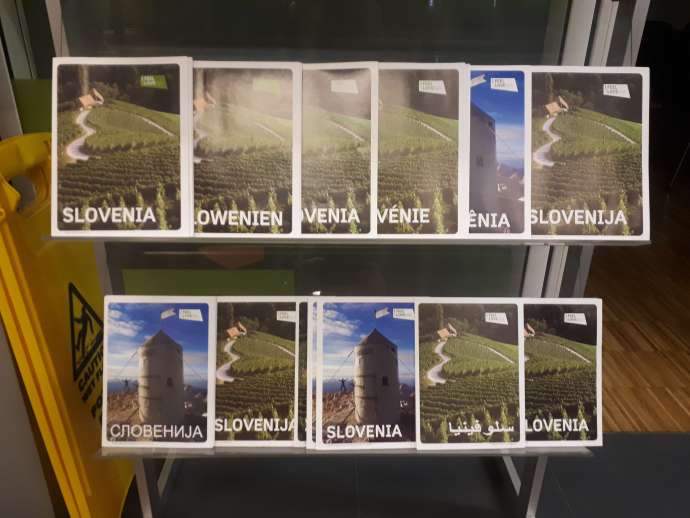STA, 10 May 2022 - The government has adopted a new seven-year strategy for tourism that envisages a moderate increase in accommodation capacity and quantitative indicators, and focuses on higher quality. The total tourism demand is expected to generate EUR 2.1 billion in added value in 2028, which would be a 59% increase compared to 2019.
The basic tourism development document for 2022-2028, adopted on Tuesday, responds to the "new circumstances and challenges faced by the tourism industry, while also developing and promoting key advantages of tourism", the government said.
It added that, in order to achieve the vision of green and boutique tourism with reduced carbon footprint and greater value for all, the Slovenian tourism sector was being strategically focused on developing and marketing balanced offerings.
The strategy is based on the offering of "sustainable boutique tourism of higher quality, based on the Slovenian natural and cultural identity, which is a generator of higher value."
The strategy aims at implementing a balanced growth scenario that envisages a moderate increase in accommodation capacity and quantitative indicators, and above all focuses on higher quality and added value and restructuring of offering.
The document sets five strategic goals - increasing the quality and value of offerings and extending them over the entire year, increasing the satisfaction of local residents, employees in tourism and guests, placing tourism as a generator of value and sustainable development, decarbonising and balancing tourism and ensuring competent and efficient management.
In order to achieve these goals, the strategy identifies policies and measures relating to investments and the business environment, public/common infrastructure and heritage, human resources for higher added value, sustainability, accessibility and sustainable mobility, destination management and tourism connectivity, and products and marketing.
There are also three horizontal policies that support the key strategic policies - digital transformation of tourism, legislative and financial regulation and an institutional framework and horizontal inter-ministerial policy coordination.
One of the main points of the previous, five-year strategy was consolidation of state assets in tourism as part of a holding that would be managed by Slovenian Sovereign Holding, financial and business restructuring and, eventually, privatisation.
These are investments in the tourism companies Istrabenz Turizem, Thermana, Sava Turizem, Hit Alpinea, Terme Olimia, Adria Turistično Podjetje and Unitur.
"The procedure has been suspended," the new strategy says, adding that the management, consolidation and privatisation plan for state-owned tourism companies needed to be adapted to the current situation, opportunities and new strategic goals.
The document proposes a concept of management and privatisation of these investments that would separate real estate ownership and professional management of tourism activities.
It also proposes that a real estate fund be established for this purpose, and that the process of management and privatisation of state investments in tourism be optimised with the aim of higher profitability and competitiveness.
The government expects positive financial effects, including added value generated by demand in basic tourism activities increasing by 43% from EUR 920 million in 2019 to EUR 1.31 billion by 2028, assuming an average annual growth rate of 8.9%.
Together with other activities indirectly related to tourism, the total tourist demand is expected to generate EUR 2.1 billion in added value in 2028, which is a 59% increase compared to 2019.
The government has estimated that in the entire period covered by the strategy, EUR 11.5 billion in added value is expected to be generated from all activities related to tourist demand.
Export of tourist travels are expected to increase from EUR 2.8 billion from 2019 to EUR 4 billion in 2028.
In order to achieve the objectives of the strategy in all areas, approximately EUR 1.54 billion of European and national funds would have to be invested in the seven years.







